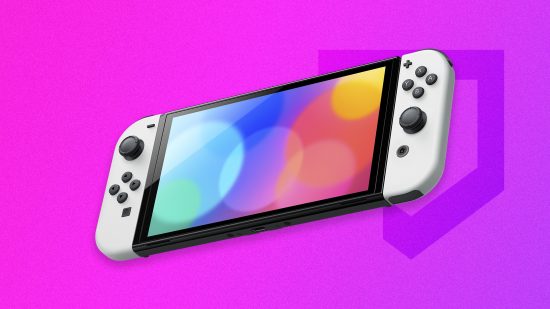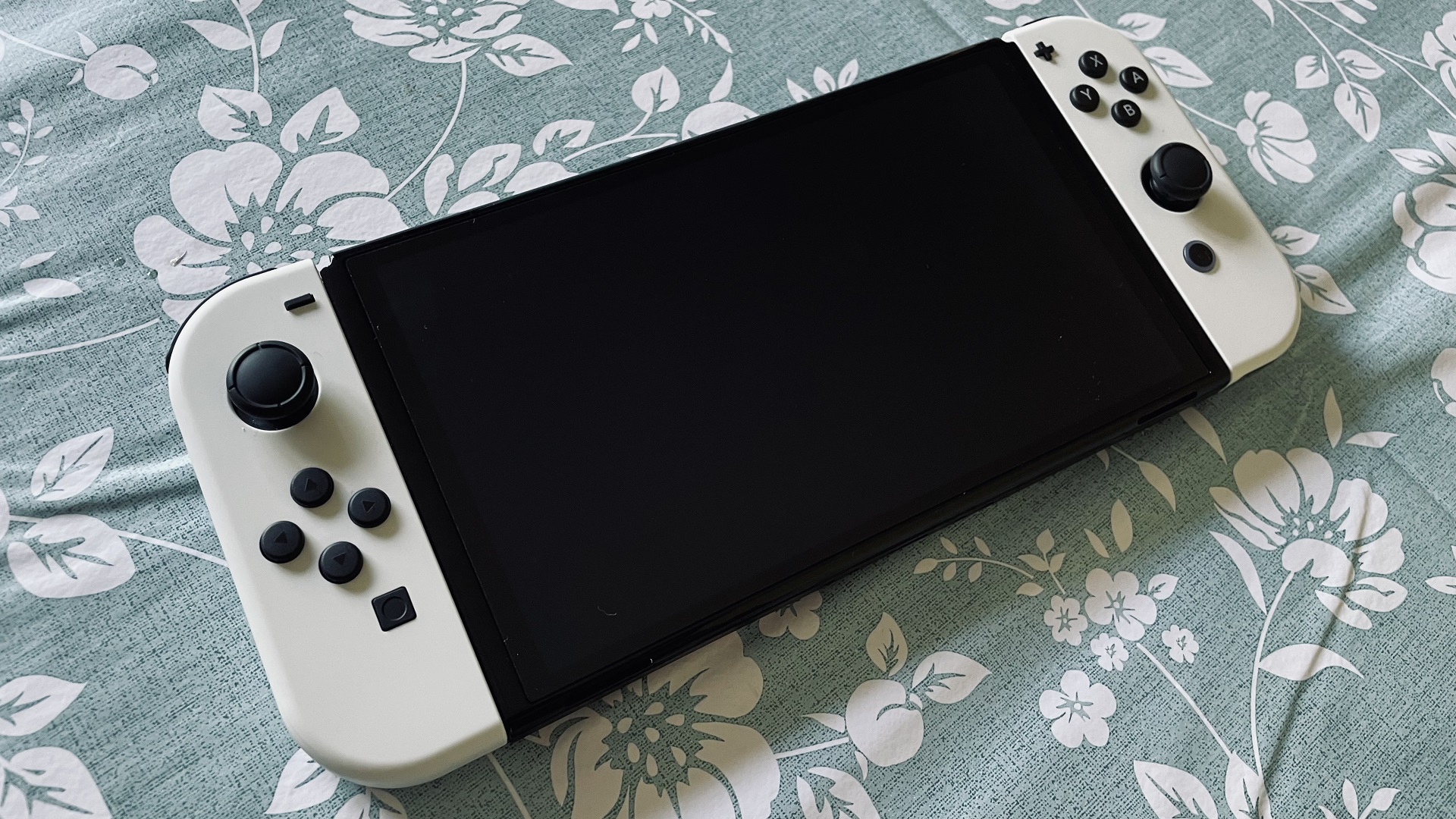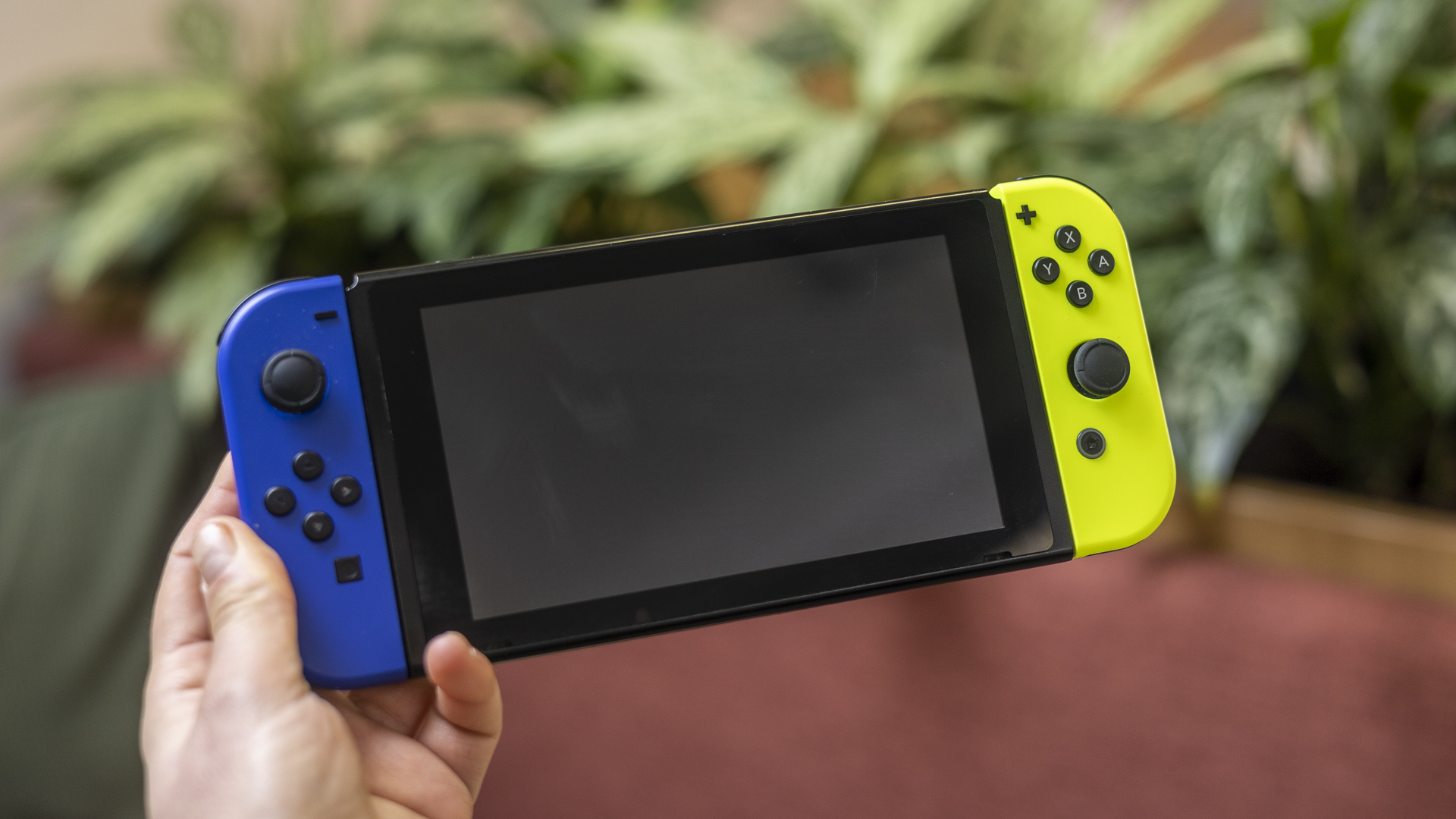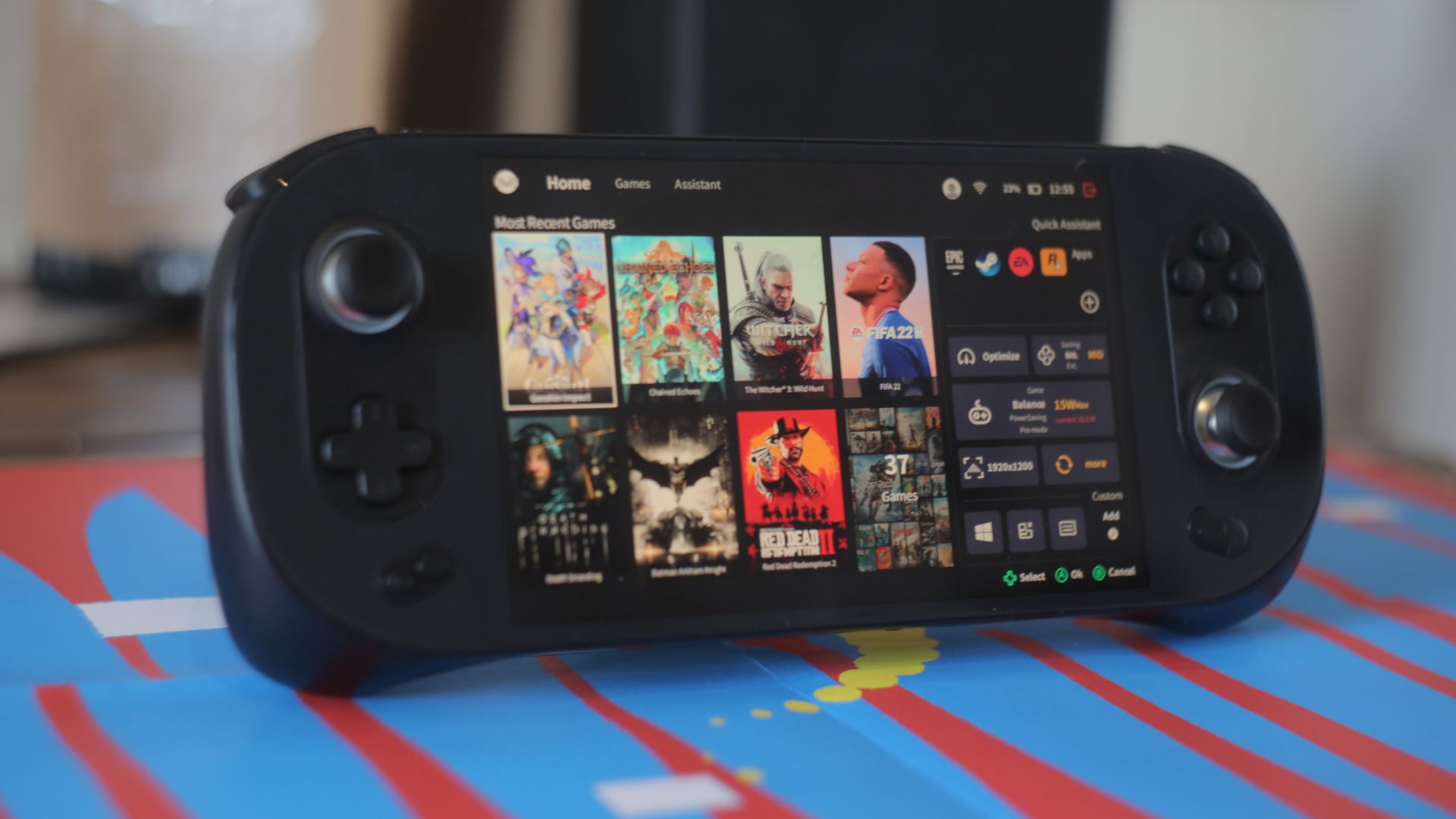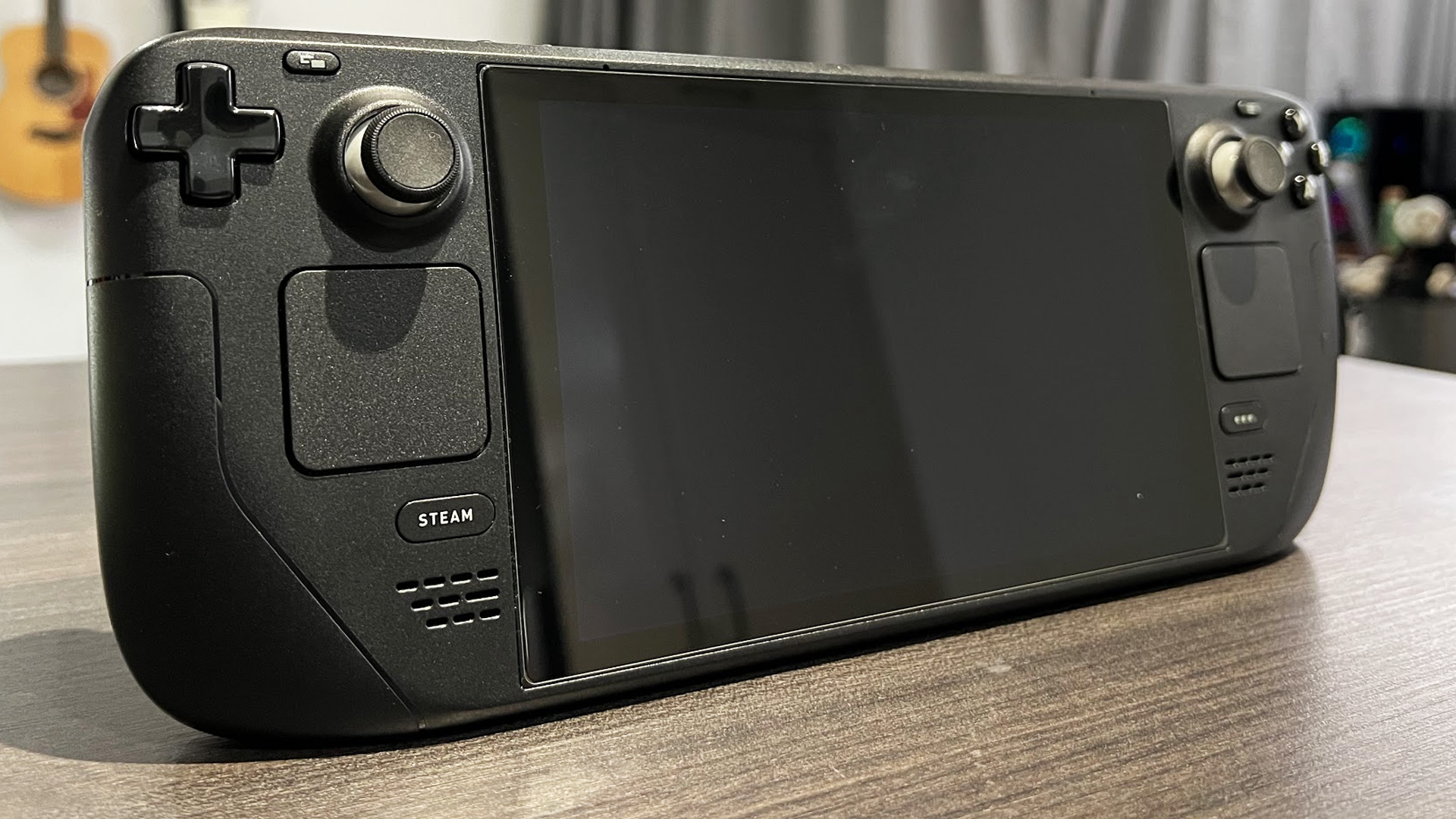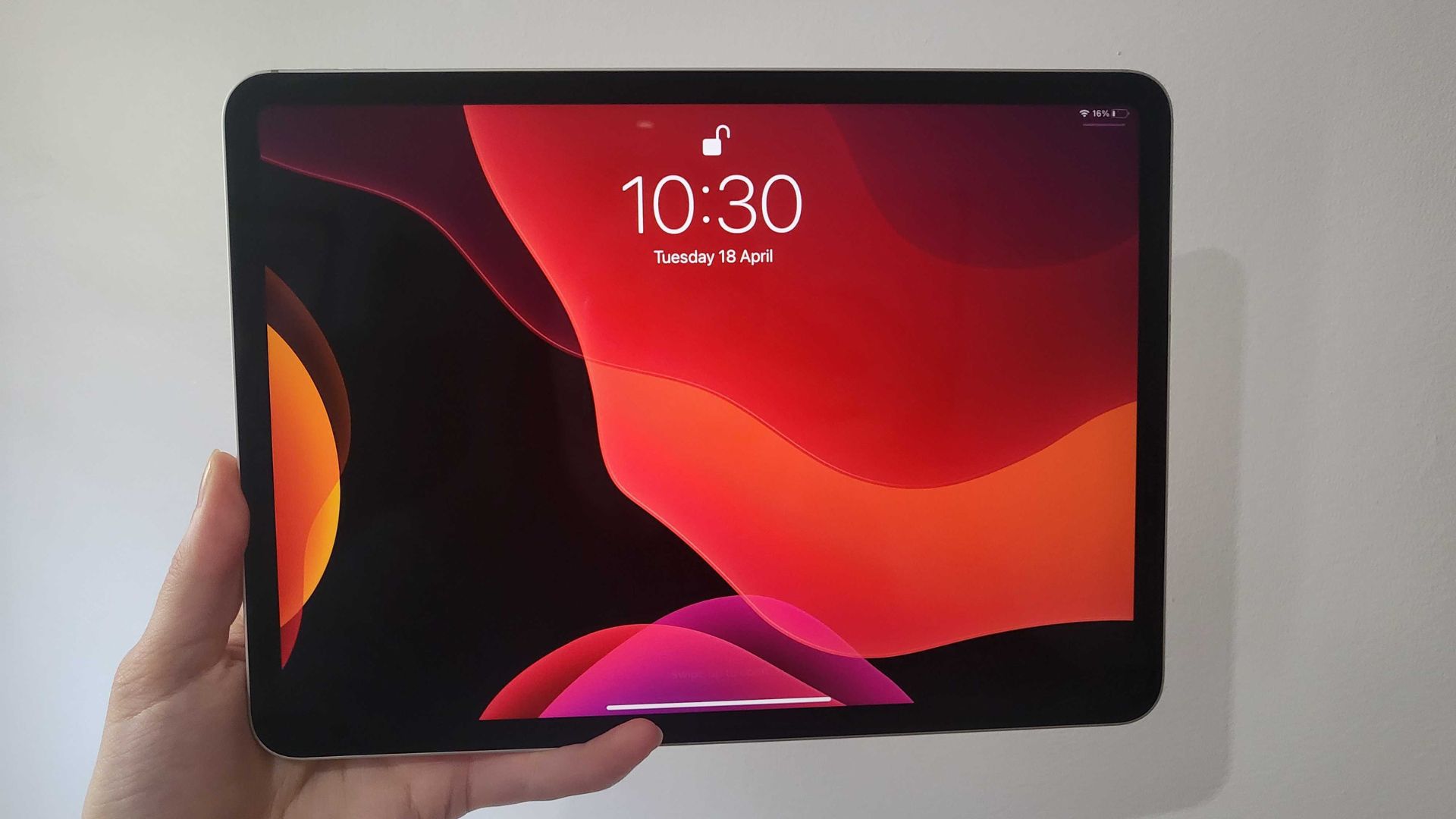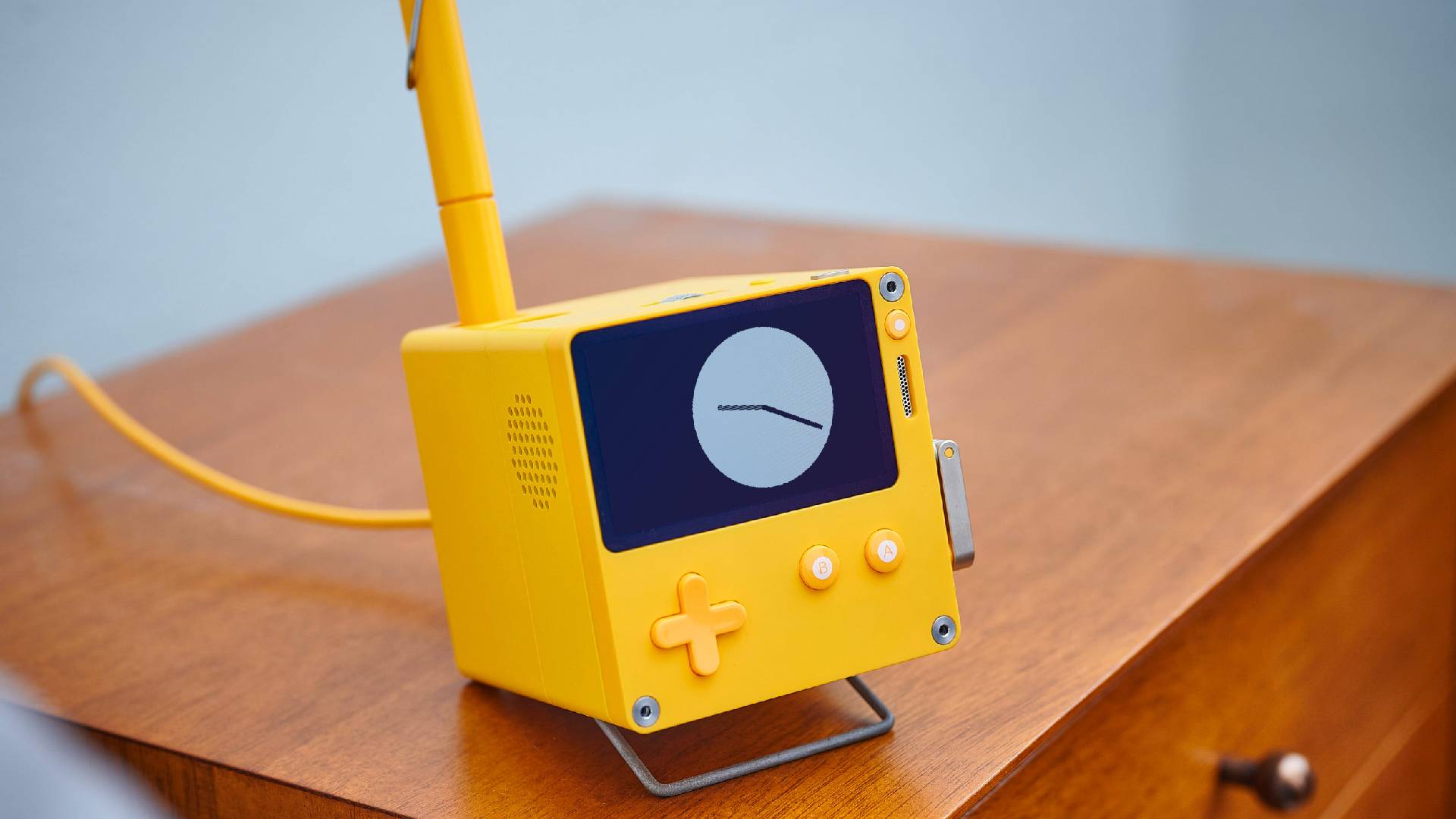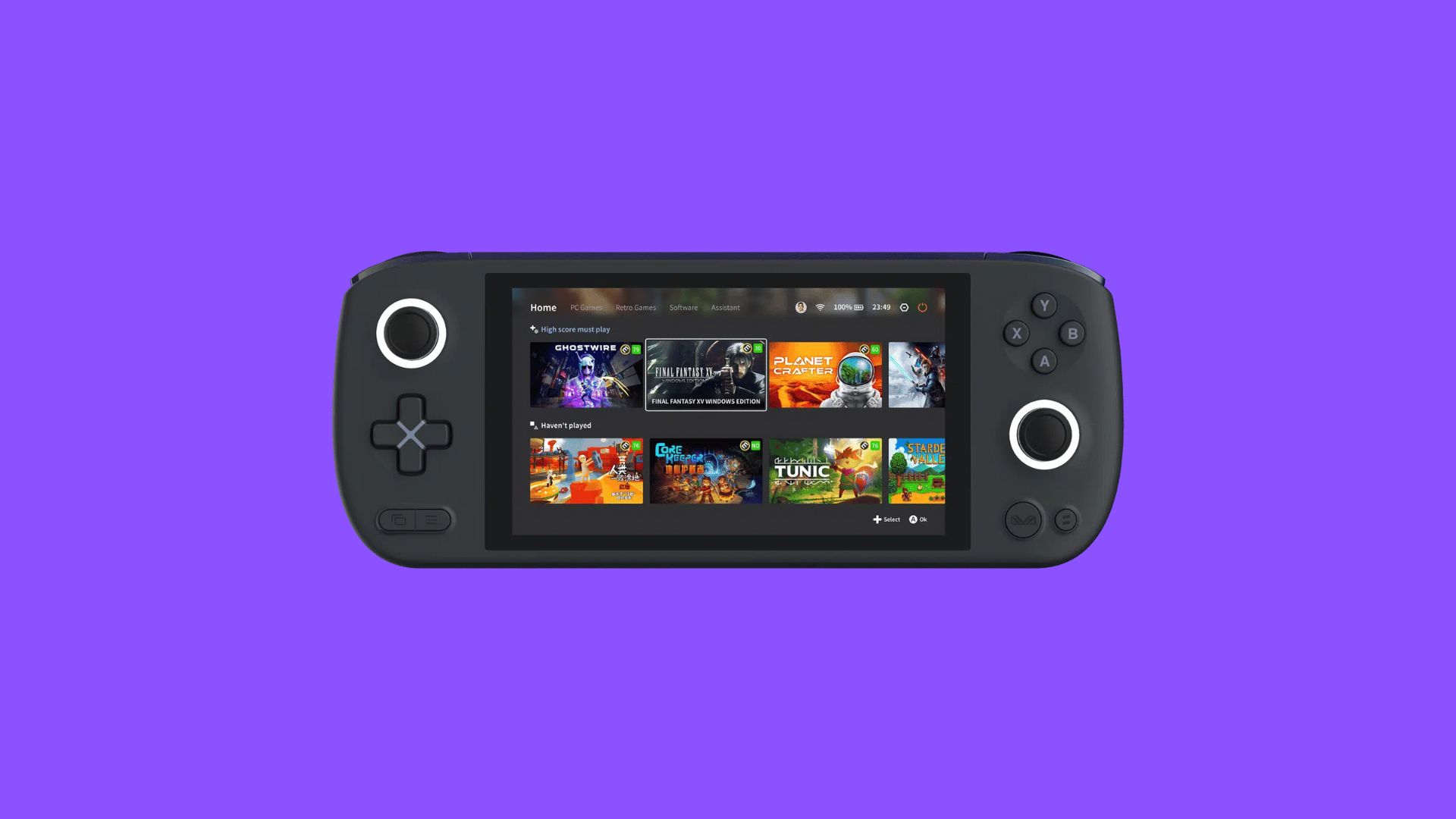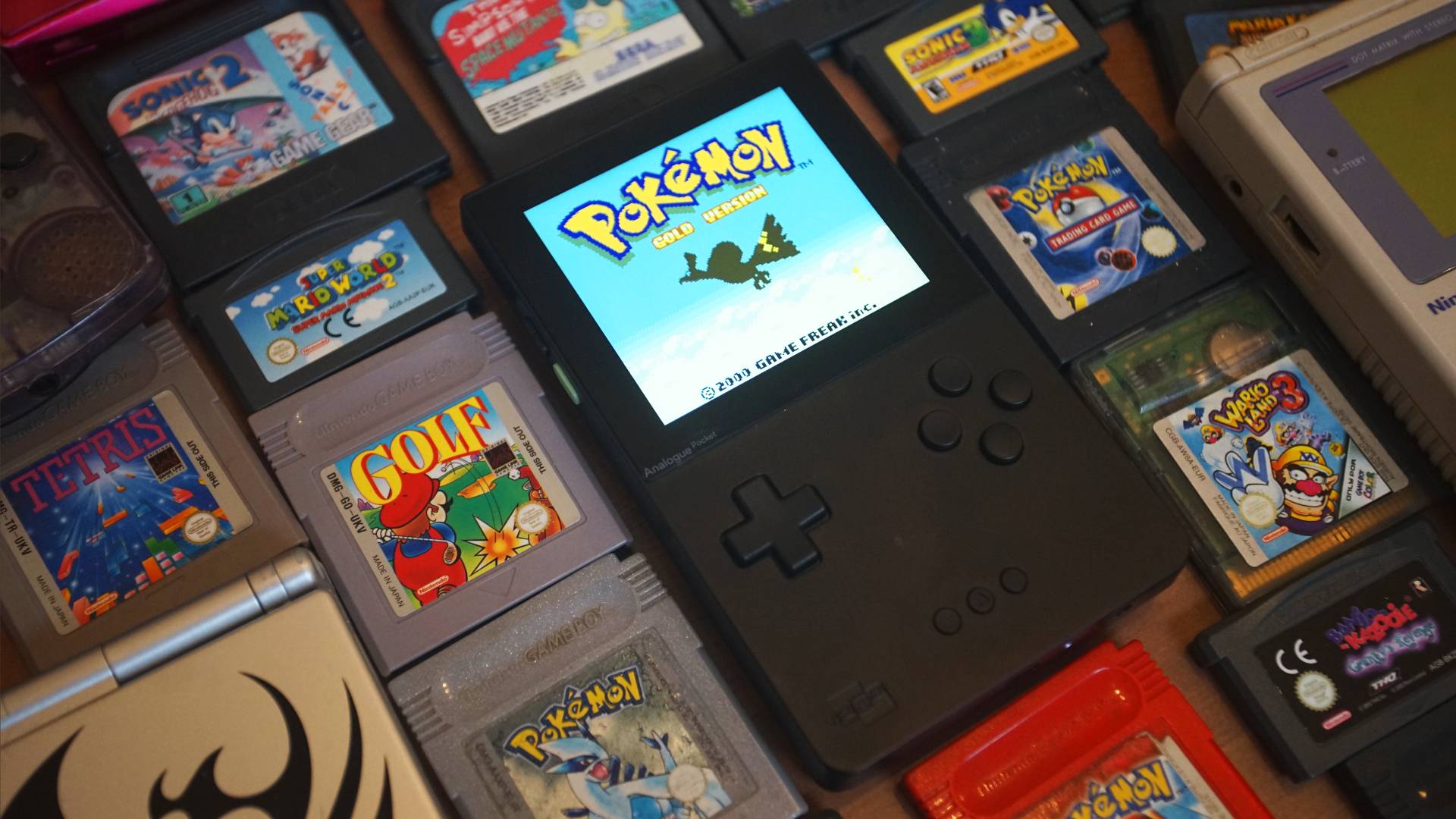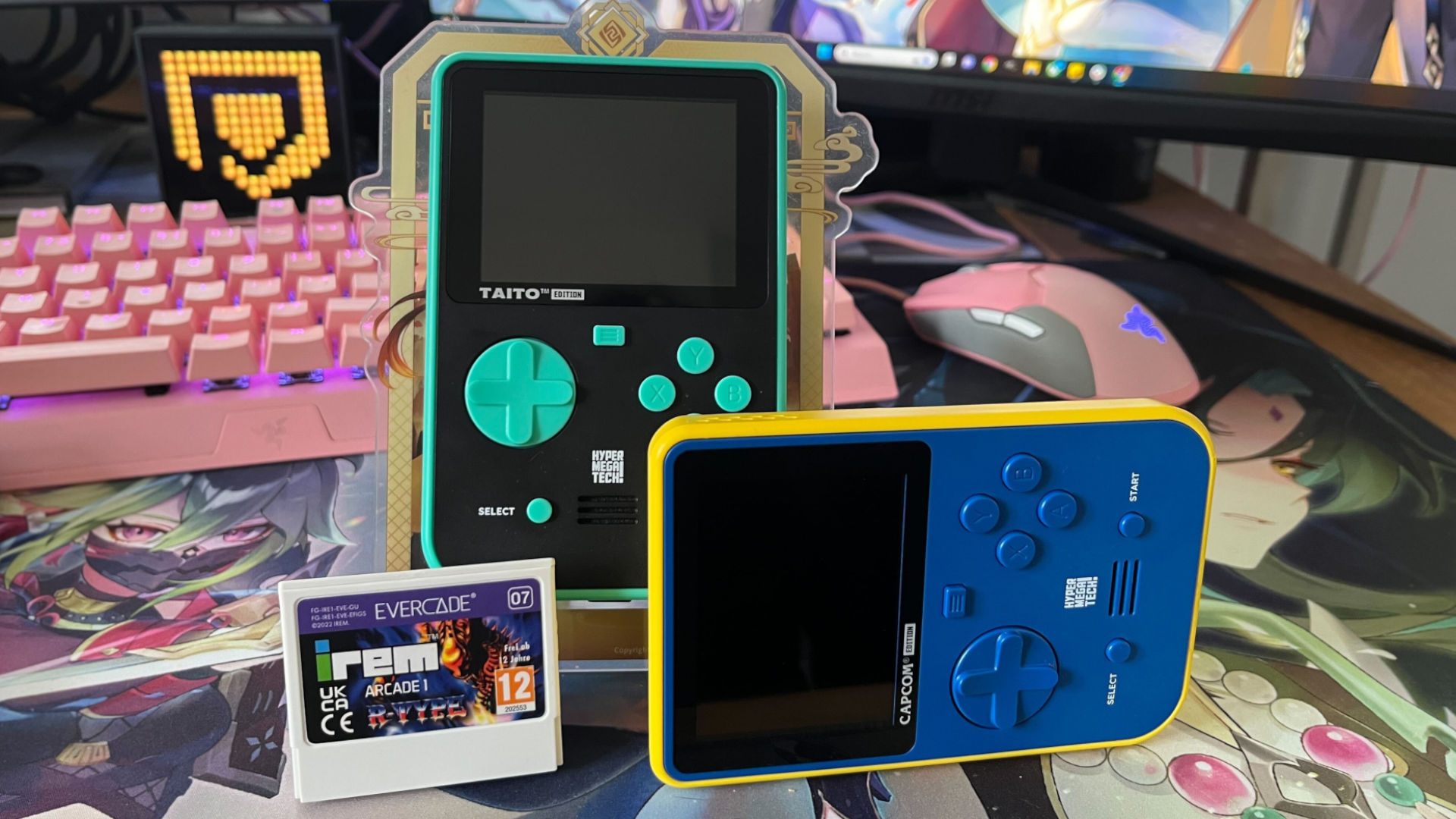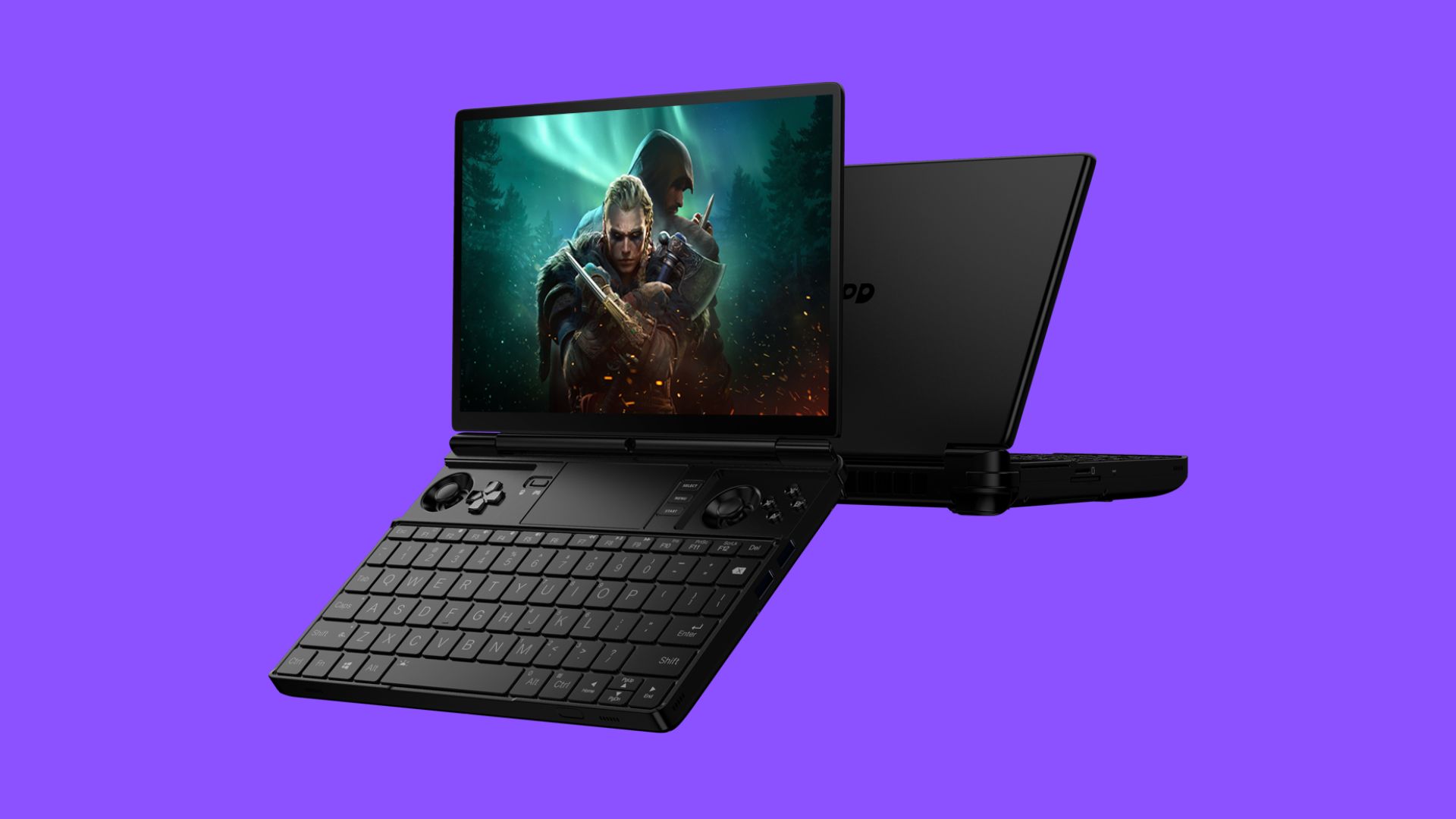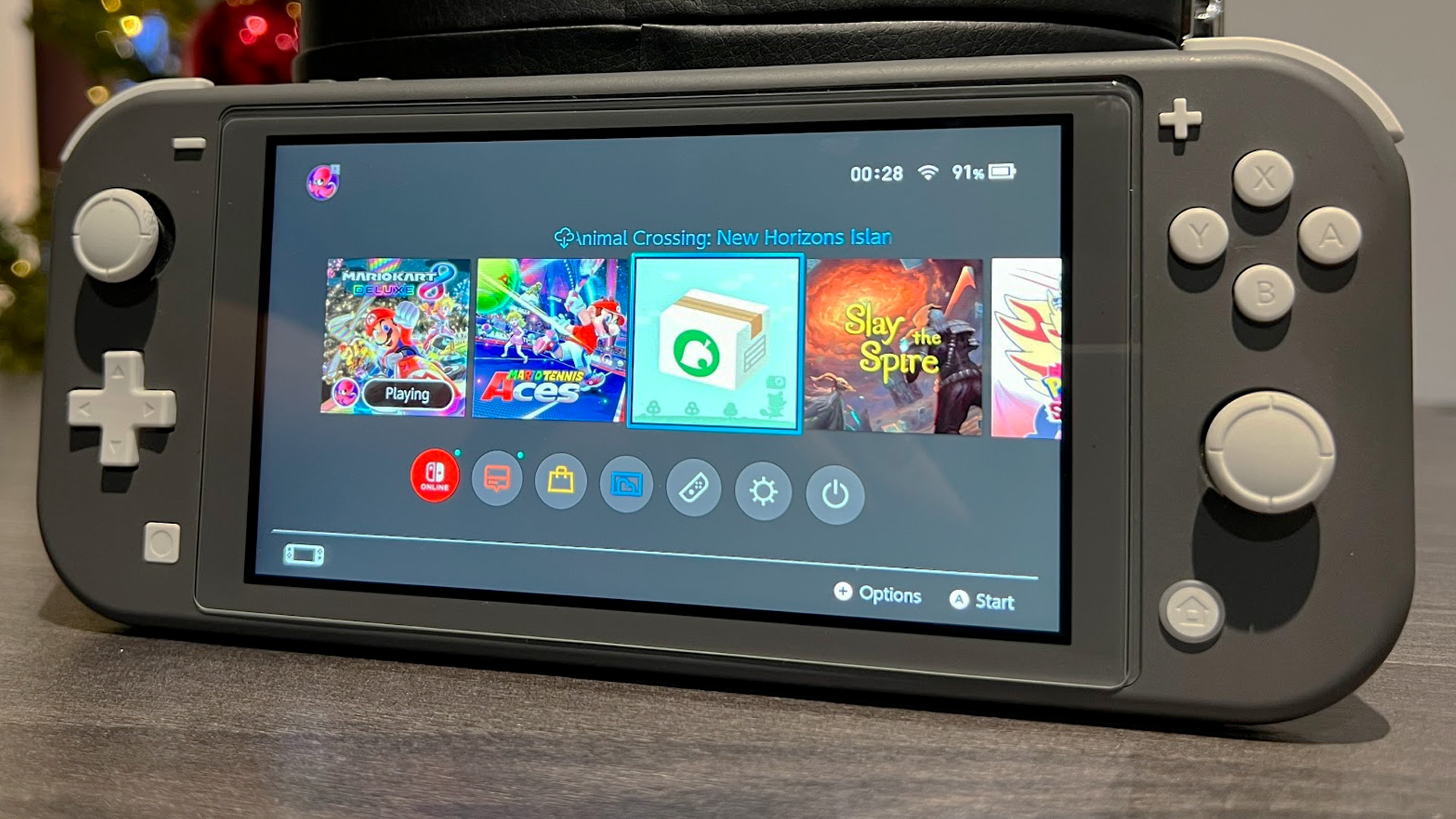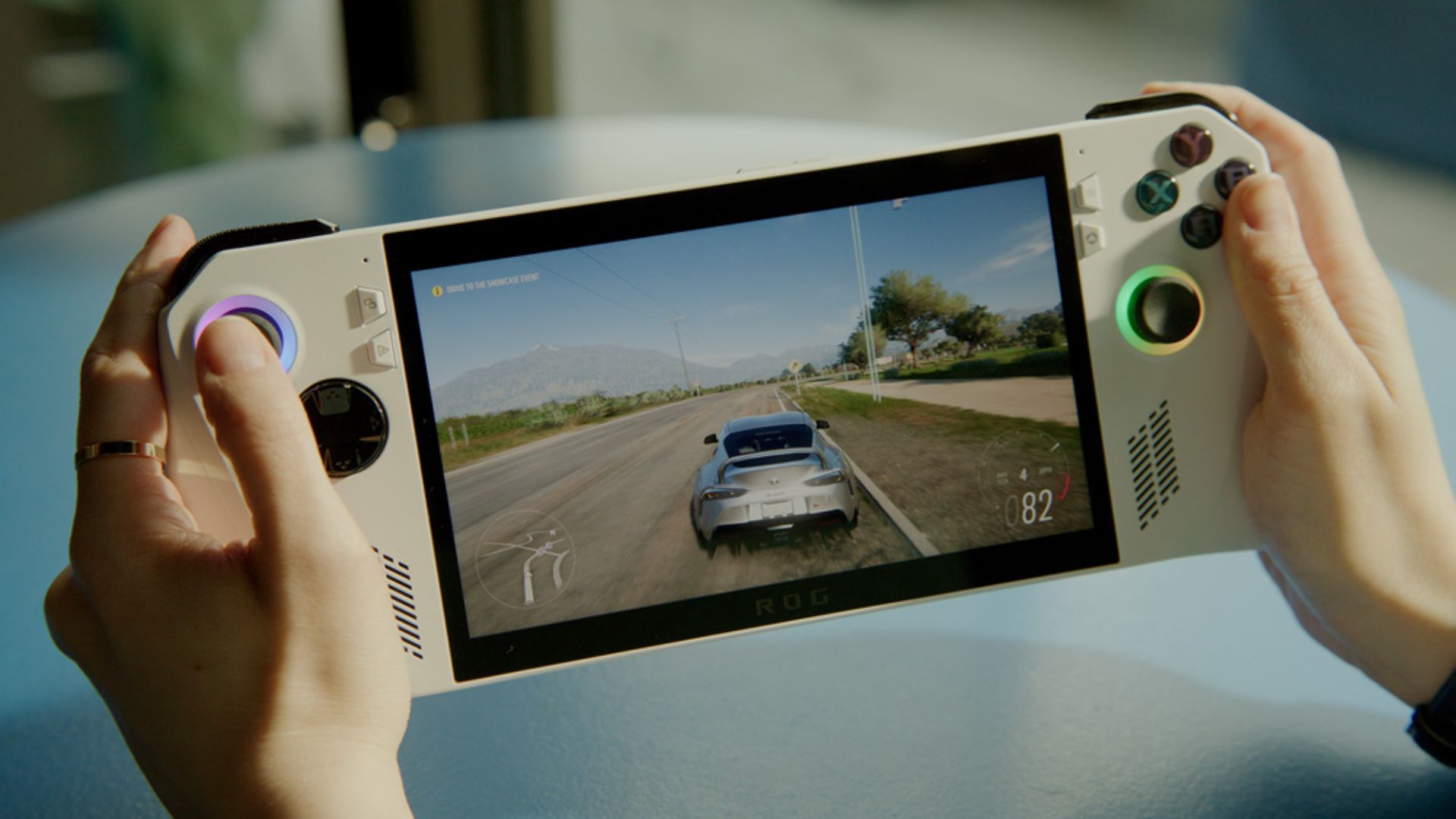Portable gaming consoles are big business right now. It feels like we’re seeing some of the best portable gaming consoles in recent years. Whether it’s the runaway success of the Nintendo Switch since its launch in 2017 or the hubbub around the ASUS Rog Ally, handheld games consoles let you have all the fun of gaming wherever you are. We’ve got years of handheld gaming experience at our disposal to help you find the best one for your needs.
It’s not just big game companies getting in on the act. GPD, Ayaneo, Playdate, and the OneXPlayer are all vying for market share and gaining lots of popularity in recent years. And there’s also a bunch of the best gaming phones ever available along with the best mobile keyboards and best phone cases to help you kit them out, though we’re focused on larger, controller-having counterparts here. But how many get to be ranked among the best handheld gaming consoles you can buy today? And which console is the best for you?
Why you can trust our advice ✔ At Pocket Tactics, our experts spend days testing games, phones, tech, and services. We always share honest opinions to help you buy the best. Find out how we test.
How we chose the best portable game console
Are you thinking of buying one of these consoles, but want to know how we narrowed it down to the options on this list? and what you can do to make informed decisions in the future. Here are the criteria we used to make these selections:
- Price: Most of us have a budget in mind when looking for a new console, so we always look to include a range of products at different price points from across the portable gaming console market.
- Games libraries: It’s no use having a great console if there aren’t any games to play on it. We try to include devices on our list that have plenty of options when it comes to games, though devices like the Playdate and Analogue Pocket earn a place through their ingenuity.
- Battery life: Battery capacity is a big factor when looking for a portable gaming console, as it’s not much use to you if you’re using it for travel and it runs out of juice within just an hour or two. Still, if you’re just planning on playing on the couch, it may not be such a big deal if the battery doesn’t last for a particularly long time.
- Internal storage: Since you don’t want to be lugging external hard drives around with you, you’ll need to be conscious of the console’s internal storage and the capacity for expanding it with micro SD cards.
- Screen size/resolution: Display quality is incredibly important to some, so we look for handheld consoles that can deliver HQ visuals where possible. Of course, some of the retro-orientated picks on this list aren’t exactly 1080p, but that’s usually part of their individual charm.
While there are other important factors, like ergonomics and controls, these five bullet points are likely the most important when thinking about a purchase.
We’ll update this list as we get our hands on new consoles, so be sure to check back. Why not check out the best free mobile games if you want more ideas for gaming on the go? Find out how we test hardware at Pocket Tactics to make sure you can trust our advice.
